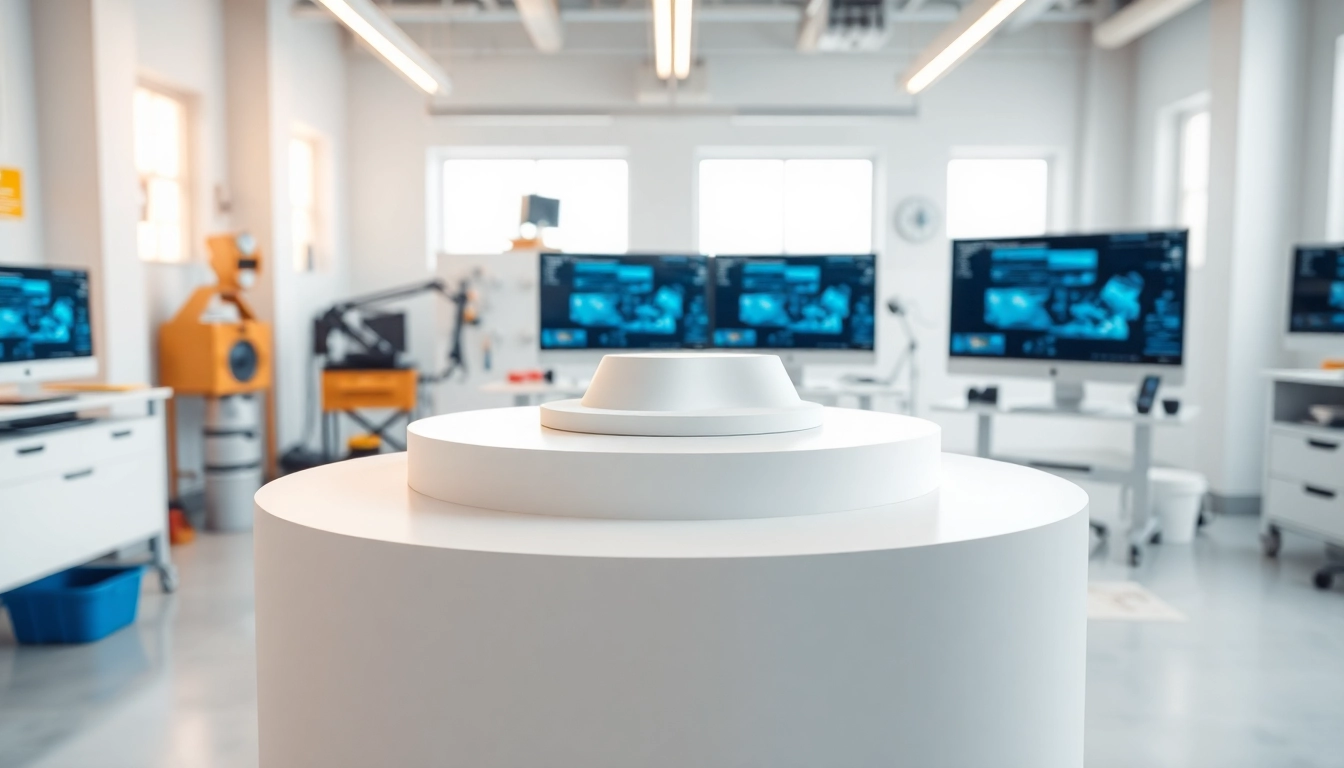Understanding the Importance of Website Design
What Is Website Design and Why It Matters
Website design is a multifaceted discipline that involves numerous skills and practices associated with the production and maintenance of websites. It includes areas such as web graphic design, user interface design, and authoring, which encompasses standardized code as well as proprietary software. The essence of website design is to create a user-friendly, effective, and aesthetically pleasing platform that serves its intended function, whether it be for business, education, entertainment, or information dissemination. An effective website design does not just cater to the user’s visual preferences, but it also serves as a critical marketing tool capable of influencing consumer decisions and enhancing brand credibility.
The Impact of Good Design on User Experience
The design of a website directly impacts user experience (UX) which, in turn, affects user engagement and retention. A website that is intuitive, visually appealing, and easy to navigate not only captures the attention of visitors but also encourages them to explore further. Key factors contributing to a positive user experience include:
- Navigation: A well-structured navigation system enables users to find what they need quickly without frustration.
- Loading Speed: Users tend to abandon websites that take too long to load. Therefore, optimizing load times is vital.
- Mobile Responsiveness: With an increasing number of users browsing on mobile devices, a responsive design ensures that users have a seamless experience across all platforms.
- Visual Design: Aesthetic appeal and cohesive branding foster trust among users, enhancing their likelihood of converting.
In essence, investing in good website design is imperative for any business or individual aiming to succeed online.
Key Elements of Successful Website Design
Several key elements define successful website design. Understanding and effectively implementing these elements can dramatically improve a site’s functionality and appeal:
- Layout: Organizing content in a visually pleasing manner ensures users can assimilate information quickly.
- Color Scheme: Colors evoke emotions and influence perceptions. Using consistent color schemes can strengthen branding.
- Typography: The fonts used should be readable and align with the overall design theme, reinforcing clarity and professionalism.
- Imagery: High-quality images, graphics, and videos can capture attention and enhance storytelling.
- User Interface (UI) Components: Buttons, forms, and menus should be intuitive, making user interactions straightforward and natural.
Planning Your Website Design
Defining Your Audience and Objectives
The foundation of effective website design lies in a deep understanding of the target audience and the primary objectives of the site. Conducting market research helps in identifying the demographics, preferences, and pain points of potential visitors. Having clear objectives—be it to sell products, generate leads, or build brand awareness—guides design choices, functionality, and content creation.
Creating a Sitemap and Wireframe
A sitemap acts as a blueprint for a website’s structure, showcasing how different pages connect and flow. This visual representation of the site’s architecture aids in organizing content strategically. Following the sitemap, wireframes can be created which serve as skeletal layouts, outlining placement of elements and layout without the distractions of color or graphics. Wireframes help stakeholders visualize the end product and align on the layout before proceeding to high-fidelity designs.
Choosing the Right Design Tools
Various design tools exist to facilitate the creation of websites, from prototyping software to full-fledged content management systems (CMS). Utilizing the right tools streamlines the design process and enhances collaboration among team members. Popular design tools may include Adobe XD, Sketch for wireframing, and WordPress or similar platforms for content management. Each tool has its unique strengths, so choosing one aligned with project goals and team skill sets is crucial.
Implementing Your Website Design
Selecting Visual Elements: Colors, Fonts, and Images
Effective visual elements involve a careful selection of colors, typography, and images that align with a brand’s identity and target audience preferences. Colors should reflect the brand’s personality—calm, energetic, professional, or playful—while fonts must be legible and resonant with the overall tone. Opt for high-resolution images to convey professionalism and engage users, ensuring that they are optimized for web performance to prevent loading delays.
Responsive Design: Adapting to Different Devices
Responsive web design is critical as it allows a single website to adapt to various screen sizes and orientations. This adaptability ensures users have the same experience whether browsing on a desktop, tablet, or smartphone. Implementing a fluid grid layout and using CSS media queries are key strategies for achieving a responsive design. Prioritizing mobile-first design can also enhance usability since many users now primarily access websites via mobile devices.
Integrating Functional Features and Navigation
Beyond aesthetics, functional features like search bars, contact forms, and social media integration play pivotal roles in user engagement. Effective navigation systems must be user-friendly and accessible without overwhelming users. Dropdown menus, breadcrumb trails, and sticky headers can enhance the navigation experience, promoting higher user satisfaction and engagement rates.
Testing and Optimizing Your Website Design
Conducting User Testing for Feedback
User testing is an invaluable step in validating the design. Gathering feedback from real users helps identify areas for improvement that may not be apparent to designers or stakeholders. This can involve observational studies, A/B testing, or usability metrics. By analyzing user interactions and behaviors, designers can make informed adjustments that enhance the user experience.
Analyzing Performance Metrics
Once the website is live, ongoing analysis of performance metrics is critical. Tools like Google Analytics allow designers to monitor traffic, user behavior, and engagement levels. Key metrics to track include page views, bounce rates, and conversion rates, all of which provide insights into how well the design meets its objectives and where improvements might be needed.
Iterating Based on User Engagement
Design is an iterative process, and data collected from user interactions should inform subsequent updates. Continual testing and refinement enable designers to adapt to changing user needs and technological advancements. Making iterative improvements based on real-world usage ensures the website remains relevant and effective over time.
Staying Updated with Website Design Trends
Identifying Current Trends and Their Relevance
Website design is constantly evolving, with new trends emerging that can dictate user expectations. Staying informed about current trends—such as minimalism, dark mode, or micro-interactions—helps designers incorporate innovative elements that enhance user appeal. However, it is essential to gauge the relevance of trends to the target audience to avoid style over substance.
Future-Proofing Your Website Design
Future-proofing involves creating designs flexible enough to accommodate upcoming technologies and user behaviors. This can be achieved by adhering to best practices in coding, employing adaptable frameworks, and focusing on scalable design principles. Regularly updating content and technology ensures the website remains functional and appealing, no matter how design philosophies change over time.
Resources for Ongoing Learning and Improvement
The landscape of web design is vast and ever-shifting. Designers should engage in continuous learning by utilizing resources such as online courses, webinars, design blogs, and forums. Platforms like educational websites, design communities, and conferences provide updates on best practices and innovative technologies. Engaging with fellow professionals and staying curious about industry changes is key to remaining competitive and delivering exceptional website designs.



